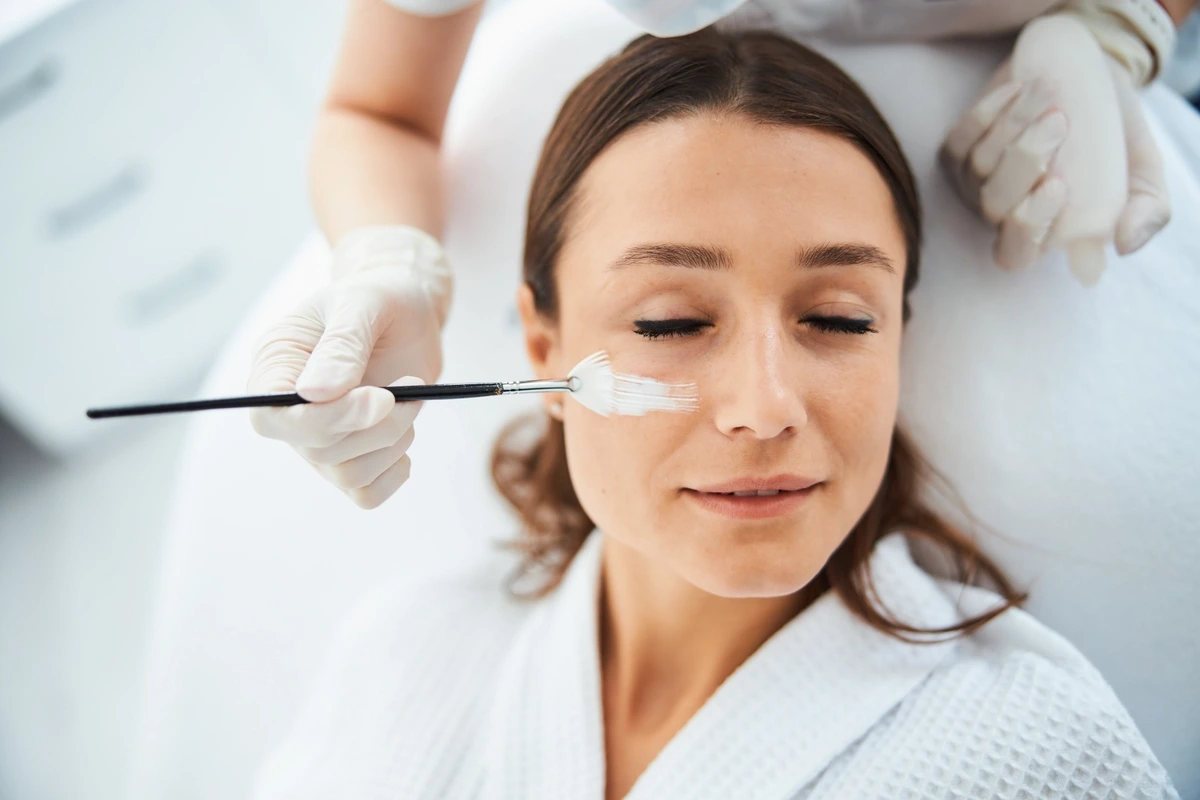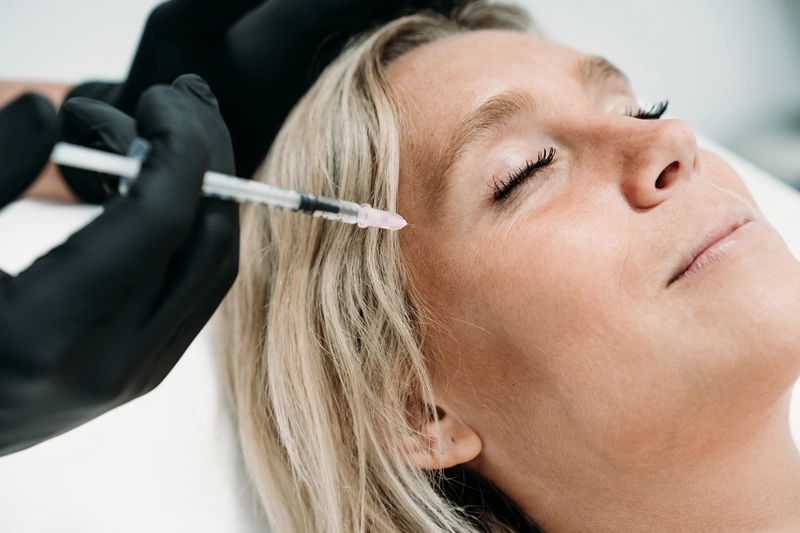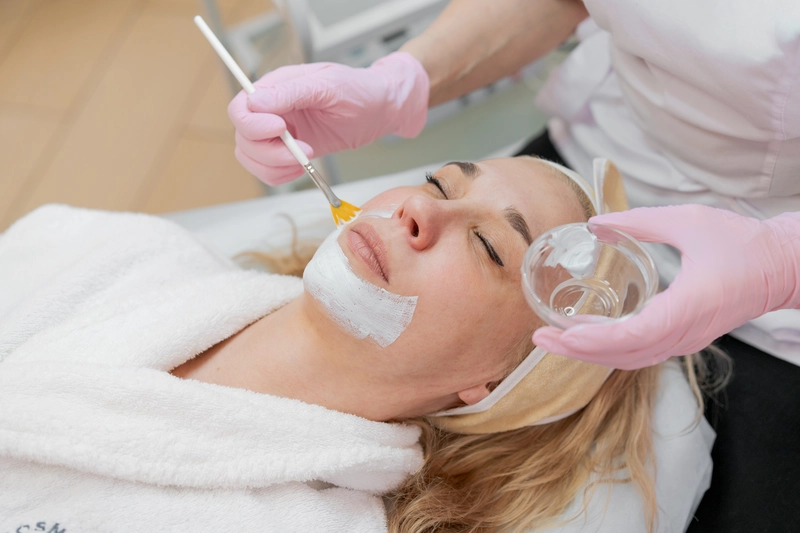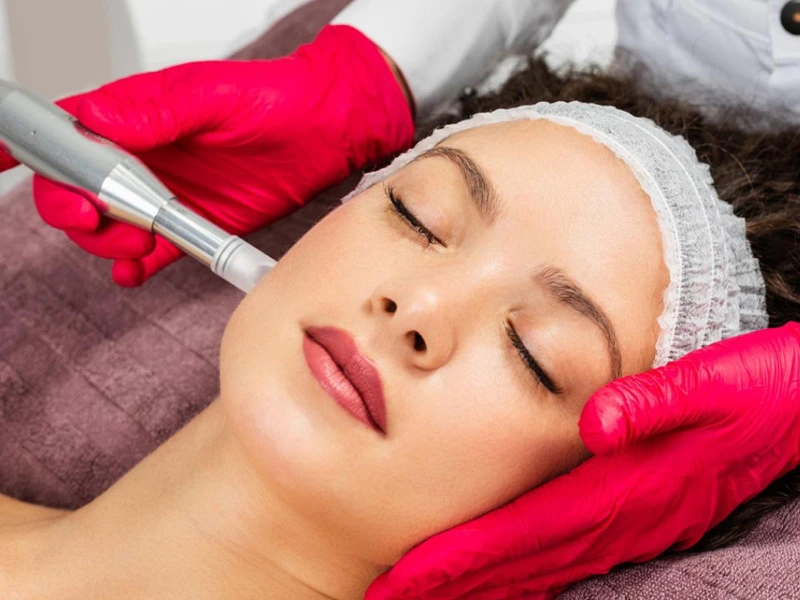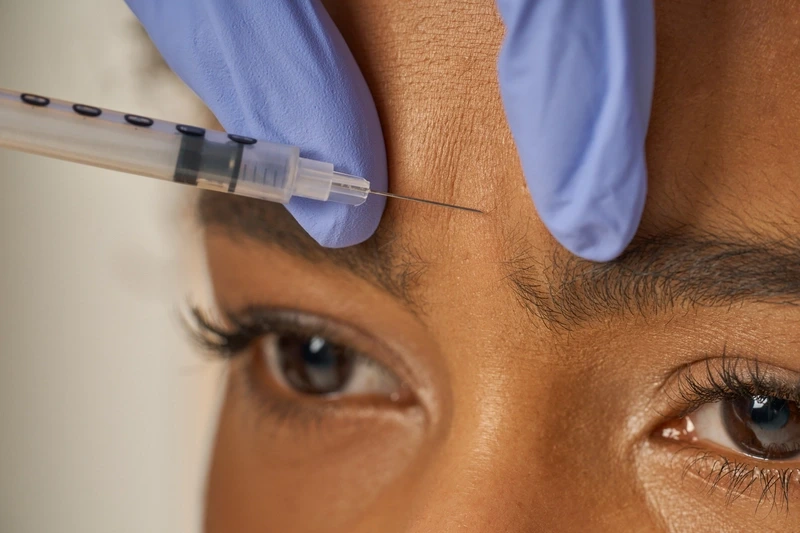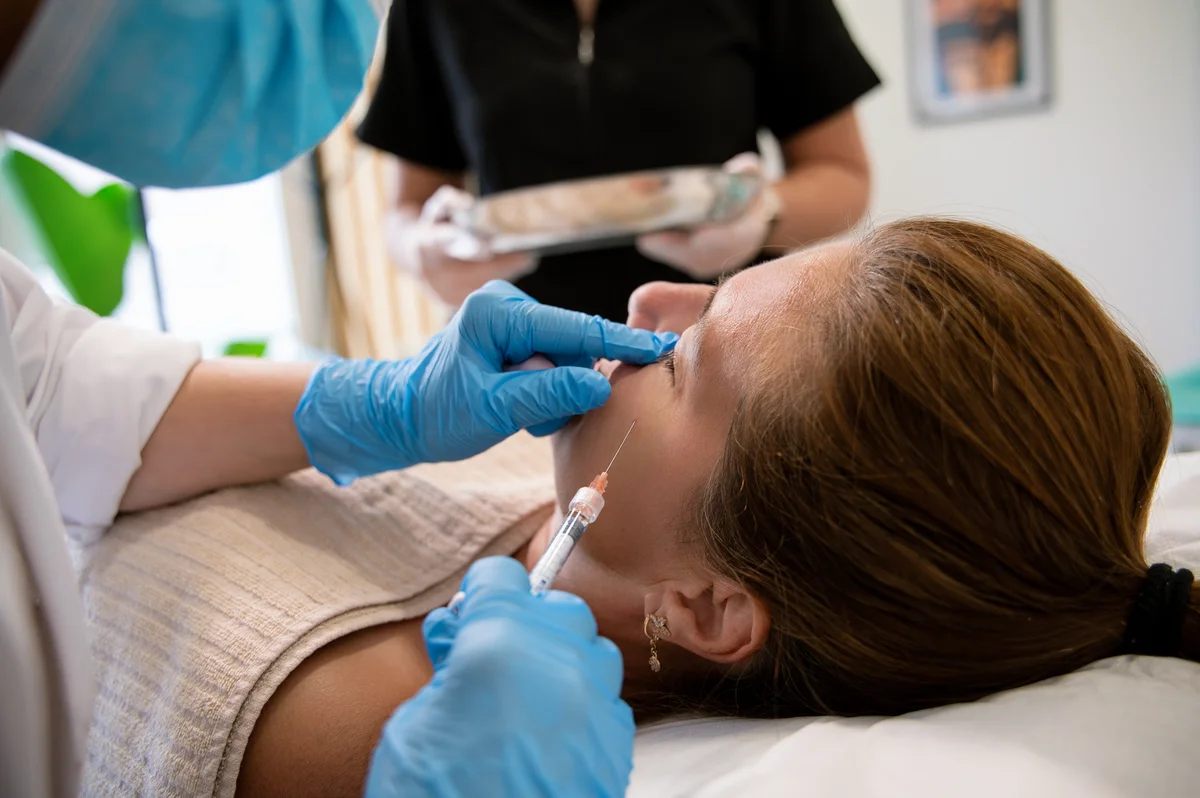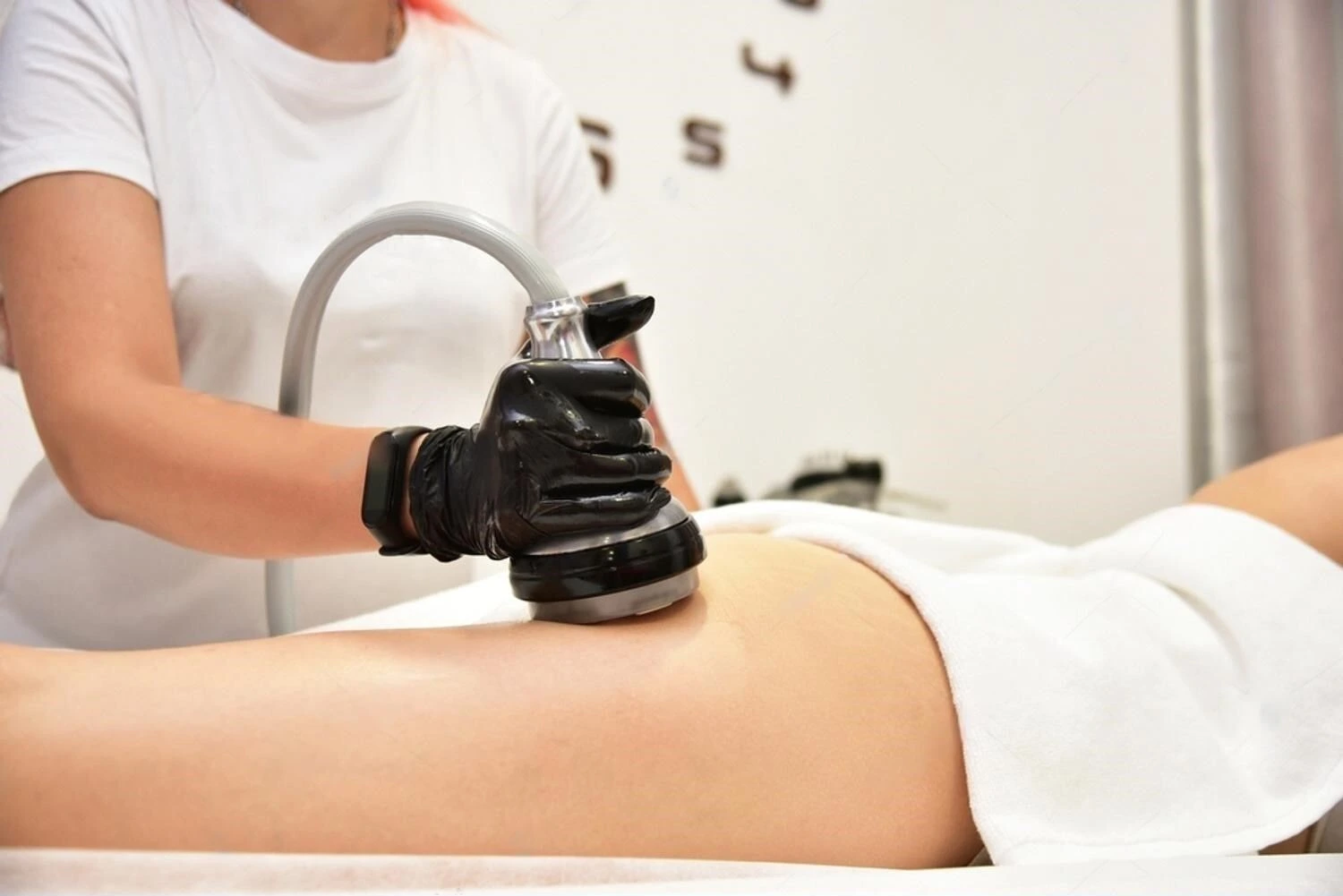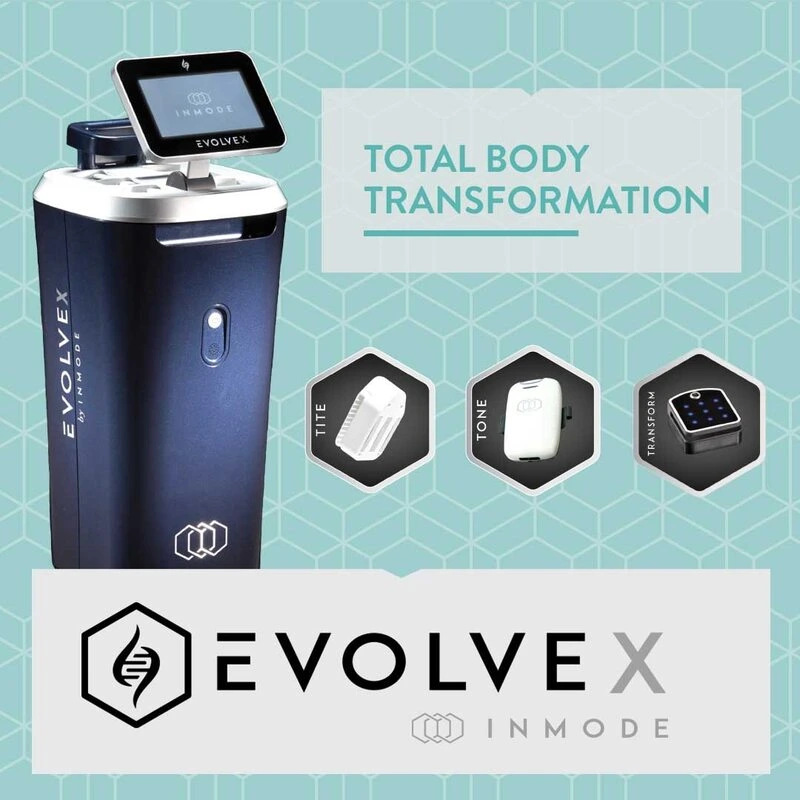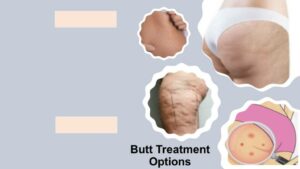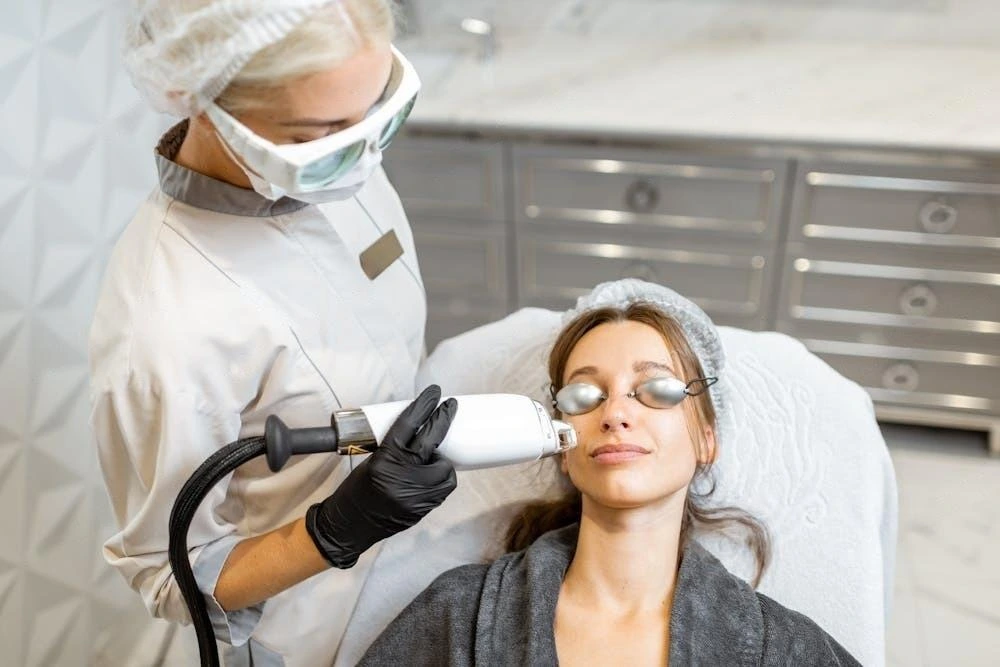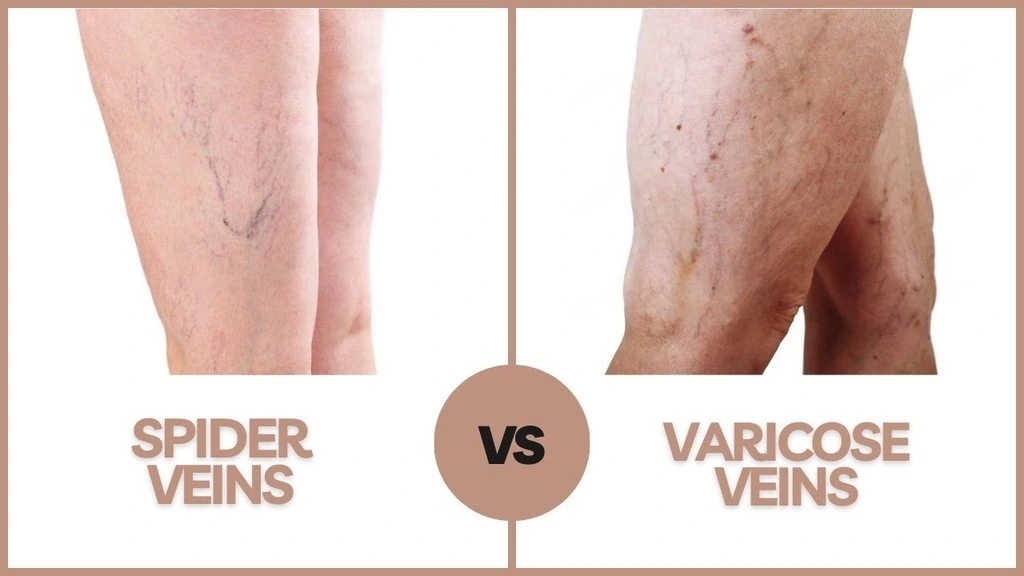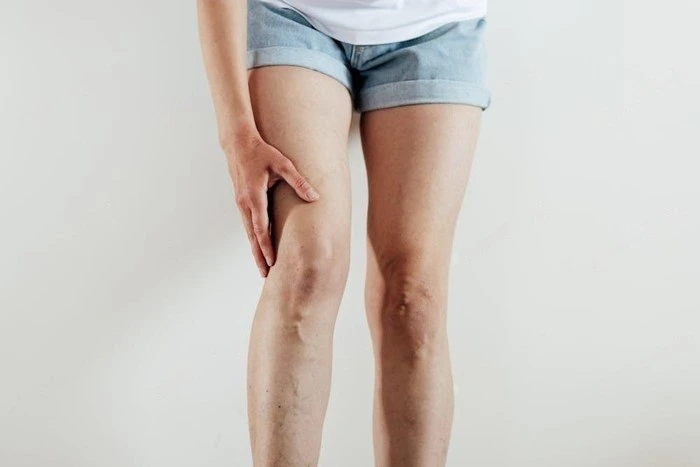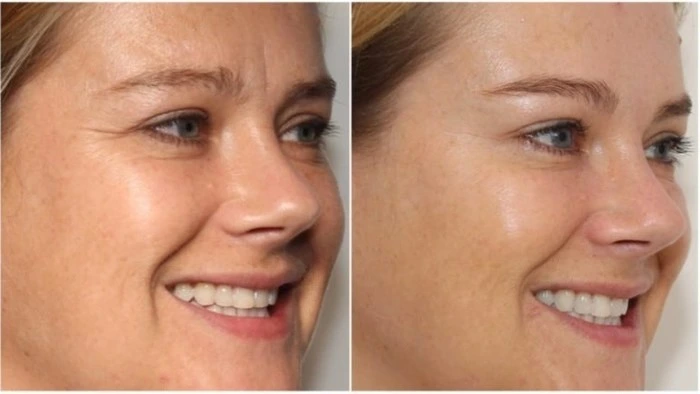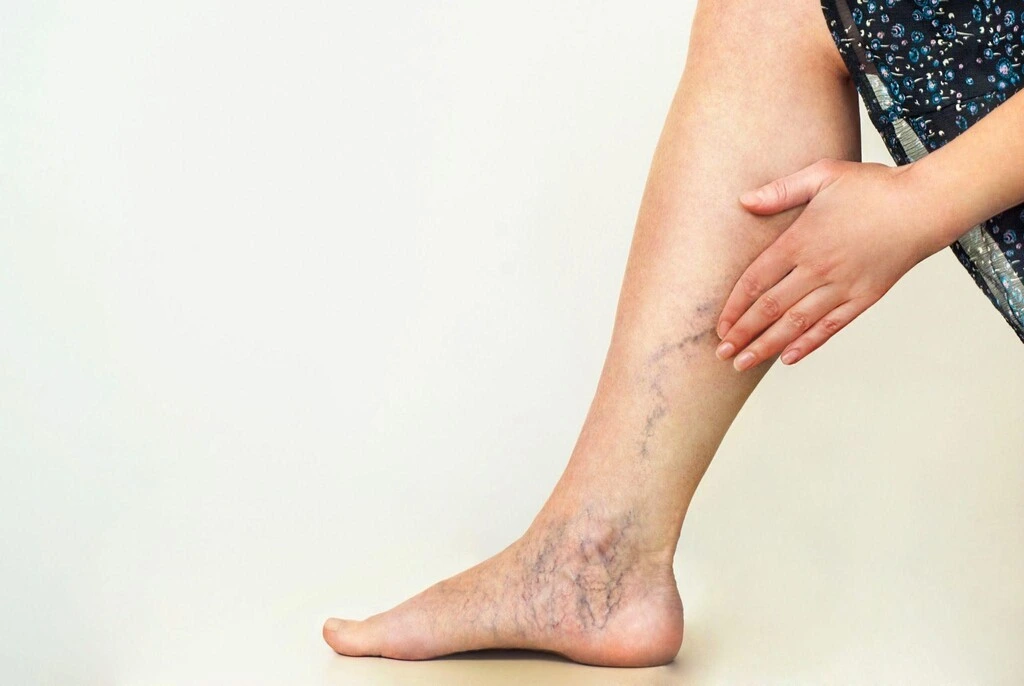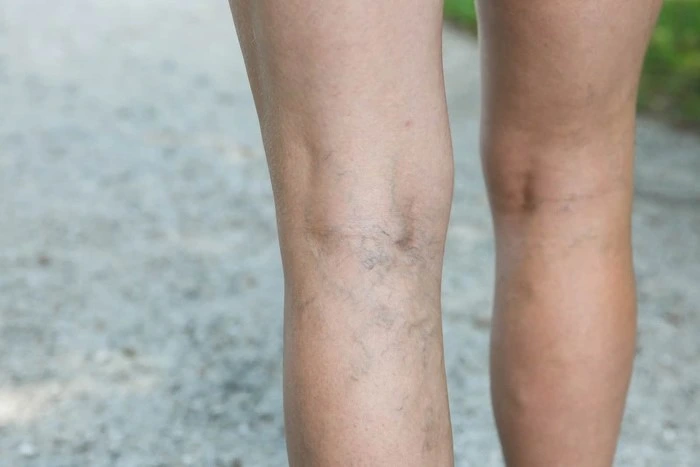Types of Chemical Peels
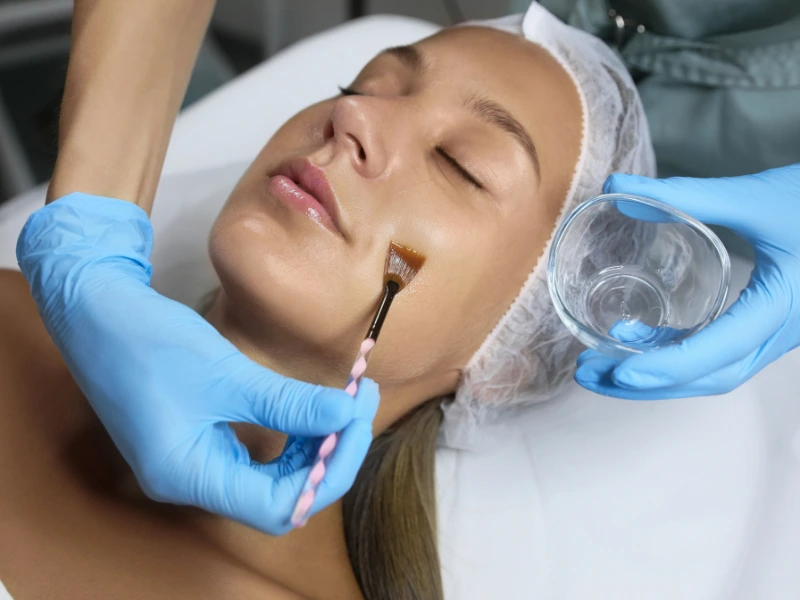
- The Science Behind Chemical Peels and Their Skin Benefits
- Exploring the Different Types of Chemical Peels and Their Uses
- Superficial Chemical Peels: Gentle Exfoliation for Sensitive Skin
- Medium Chemical Peels: Targeting Deeper Skin Concerns
- Specialized Peels: Solutions for Hyperpigmentation and Acne
- Deep Chemical Peels: The Strongest Chemical Peel for Drastic Skin Renewal
- Factors on Which You Can Choose the Chemical Peel for Your Skin Type
- What to Expect After a Chemical Peel: Recovery and Aftercare
- FAQs About Chemical Peels
- Discover the Perfect Chemical Peel for Your Skin
Not all chemical peels are the same! Discover the right one for your skin type—light, medium, or deep. Book your consultation today and glow!
Understanding the Different Types of Chemical Peels for Healthier Skin
Chemical peels are a popular cosmetic procedure that can help improve various skin concerns, such as acne breakouts, age spots, and post-inflammatory hyperpigmentation. During a chemical peel, a special solution is applied to exfoliate the skin’s surface, removing damaged skin cells and revealing healthier skin underneath.
There are different types of chemical peels to suit your needs. From mild chemical peels that provide gentle exfoliation to extra strength alpha beta peels for more dramatic results, there's an option for everyone.
The Science Behind Chemical Peels and Their Skin Benefits
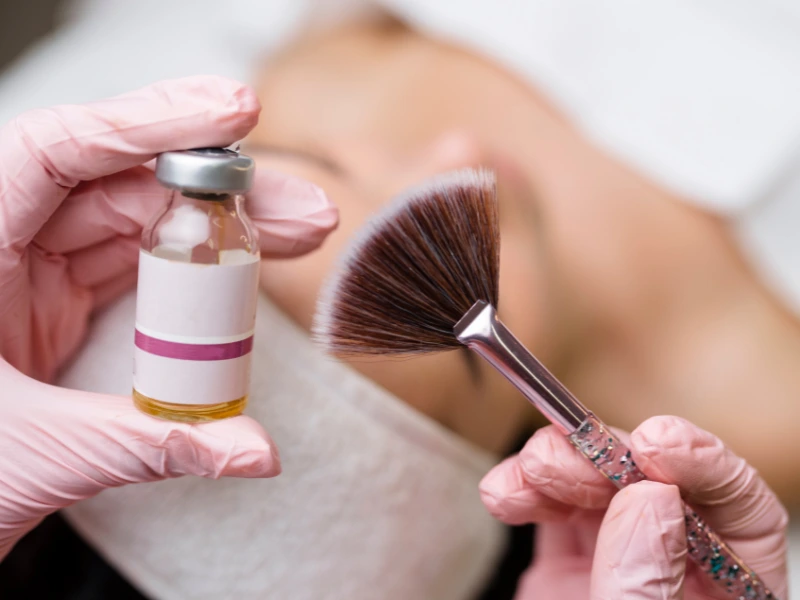
Chemical peels use special peeling agents like trichloroacetic acid, lactic acid, and carbolic acid to exfoliate the skin. These common acids help remove damaged skin cells and stimulate the growth of new, healthy skin.
There are three main types of peels: superficial, medium, and strongest. Each one targets different layers of the skin, depending on the depth of exfoliation needed.
The benefits of chemical peels are impressive. They can help treat actinic keratosis, improve various skin conditions, and reduce issues like sensitive skin. Whether you’re dealing with acne, age spots, or fine lines, there’s a peel for you.

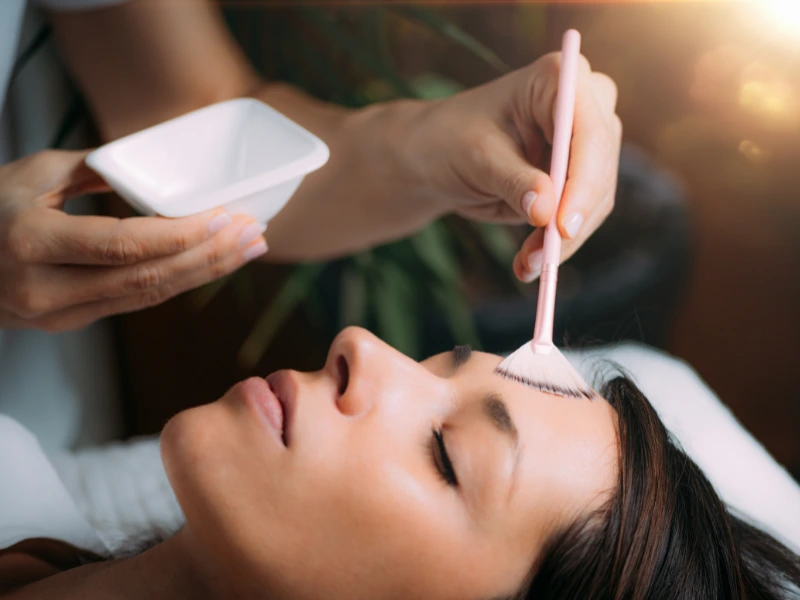
Exploring the Different Types of Chemical Peels and Their Uses

There are several types of chemical peels, each designed to address specific skin concerns and offer varying levels of exfoliation. From gentle peels for sensitive skin to stronger options for more advanced issues, each peel provides unique benefits for rejuvenating your complexion.
Superficial Chemical Peels: Gentle Exfoliation for Sensitive Skin
Superficial chemical peels are perfect for those new to exfoliation or with sensitive skin. These peels work by gently exfoliating the skin’s surface to treat issues like acne breakouts, dullness, and uneven texture.
- Lactic Acid Face Peel – This gentle peel hydrates the skin while helping to fade age spots and reduce minor post-inflammatory hyperpigmentation.
- Salicylic Acid Skin Peeling – Ideal for oily skin, it clears clogged pores, reduces breakouts, and controls oil production.
- Azelaic Acid Peel – Great for treating rosacea, hyperpigmentation, and acne, while offering anti-inflammatory benefits to calm the skin.
- Jessner’s Peel – A blend of lactic acid, salicylic acid, and resorcinol that works well for uneven skin tone and mild actinic keratosis.
- Vitamin C Peel – Packed with antioxidants, it brightens the skin, protects from environmental stressors, and helps lighten age spots.
These superficial peels are non-invasive, require little downtime, and leave your skin feeling smooth and glowing.
Benefits of Superficial Chemical Peels
- Gentle Exfoliation: These peels remove dead skin cells from the surface, revealing smoother, softer skin.
- Hydration Boost: Many superficial peels, like lactic acid peels, hydrate the skin while exfoliating.
- Reduced Acne Breakouts: Peels with salicylic acid help unclog pores, reducing acne and controlling oil.
- Brightened Complexion: Vitamin C peels offer a brighter, more radiant skin tone by neutralizing free radicals.
Medium Chemical Peels: Targeting Deeper Skin Concerns
Medium chemical peels go deeper than superficial ones, making them perfect for treating damaged skin cells, fine lines, and hyperpigmentation. These peels usually require a few days of peeling and downtime.
- Trichloroacetic Acid (TCA) Peel – A popular choice for treating post-inflammatory hyperpigmentation, acne scars, and actinic keratosis.
- Glycolic Acid Body Peel – This peel stimulates collagen production, helping to improve skin texture, sun damage, and age spots.
- VI Peel – A dermatologist-favorite peel that combines TCA, salicylic acid, and retinoic acid to treat acne breakouts, fine lines, and hyperpigmentation.
- Obagi™ Blue Peel Radiance – This peel helps resurface the skin, reducing wrinkles and skin discoloration.
- Ultra Peel I & Ultra Peel Forte – These peels use lactic acid and TCA to treat aging skin and deeper wrinkles.
Medium-depth peels provide more noticeable skin improvement than superficial peels but are still safe for most skin types.
Benefits of Chemical Peels
- Target Deeper Concerns: These peels address more serious skin issues like wrinkles, scars, and pigmentation.
- Improved Skin Texture: Glycolic acid peels stimulate collagen production, giving you smoother, firmer skin.
- Noticeable Results: Medium peels provide more dramatic improvement compared to superficial peels.
Specialized Peels: Solutions for Hyperpigmentation and Acne
Certain chemical peels are designed to address specific skin concerns like hyperpigmentation, acne, and uneven skin tone.
- Extra Strength Alpha Beta Peel – A blend of lactic acid, salicylic acid, and glycolic acid perfect for oily, acne-prone skin.
- Pigment Balancing Peel – Combines trichloroacetic acid, azelaic acid, and kojic acid to fade hyperpigmentation and melasma over time.
- Retinol Peel (Ultra Peel II & Esthetique Peel) – Delivers retinol deep into the skin to stimulate cell renewal, reduce fine lines, and treat acne scars.
- Mandelic Peel – This peel improves collagen production, reduces wrinkles, and brightens skin for a more youthful appearance.
- DiamondTome™ Peel & HydroPlus+ – These exfoliating treatments help enhance product absorption and provide deep hydration for sensitive skin.
Benefits of Specialized Peels
- Treats Specific Skin Concerns: Target hyperpigmentation, acne, and uneven skin tone with tailored peels.
- Reduces Acne Breakouts: Alpha Beta Peels unclog pores and control oil, making them ideal for acne-prone skin.
- Fades Hyperpigmentation: Pigment Balancing Peels help reduce melasma and sunspots, giving you a more even complexion.
Deep Chemical Peels: The Strongest Chemical Peel for Drastic Skin Renewal
For dramatic results, deep chemical peels provide intensive skin resurfacing, targeting deep wrinkles, scars, and hyperpigmentation.
- Carbolic Acid (Phenol) Peel – The strongest peel, ideal for treating deep wrinkles, sun damage, and acne scars. It requires a longer recovery time.
- TCA Peel (High Concentration) – This peel penetrates deeper layers to treat severe pigmentation issues and actinic keratosis.
- Biorevitalization Peel (PRX-T33) – A modern TCA-based peel that boosts collagen production while improving skin elasticity with minimal downtime.
Since deep chemical peels remove multiple layers of skin, they require medical supervision. While they come with longer recovery, they offer long-lasting rejuvenation.
Benefits of Deep Chemical Peels
- Treats Deep Skin Concerns: Target severe wrinkles, acne scars, and sun damage with a more intense treatment.
- Dramatic Skin Renewal: These peels provide intensive resurfacing, revealing smoother and more youthful skin.
- Reduces Hyperpigmentation: Effectively treats deep pigmentation and actinic keratosis for clearer skin.
Factors on Which You Can Choose the Chemical Peel for Your Skin Type
When selecting a chemical peel, here are key factors to consider:
- Skin Type: Different peels are suited for various skin types. Choose a peel that matches your skin’s needs.
- Sensitivity: If you have sensitive skin, opt for mild chemical peels that offer gentle exfoliation.
- Desired Results: Think about what you want to treat—whether it’s acne, wrinkles, pigmentation, or overall texture.
- Skin Concerns:
- For deeper issues like wrinkles or pigmentation, medium chemical peels are a good choice.
- For severe acne scarring or sun damage, stronger peels like extra strength alpha beta peels may be necessary for more dramatic results.
What to Expect After a Chemical Peel: Recovery and Aftercare
After a chemical peel, the healing process can vary depending on the depth of the peel. For superficial peels, you may experience mild peeling and redness for a few days. Medium peels may cause more peeling and a few days of dryness. For strongest peels, recovery takes longer, with peeling and sensitivity for up to a week or more.
Here are some aftercare tips:
- Avoid sun exposure during recovery to prevent irritation and dark spots.
- Use a moisturizer regularly to keep your skin hydrated, especially if you have sensitive skin.
- Peeling, redness, and dryness are common effects that usually subside as your skin heals.
FAQs About Chemical Peels
Discover the Perfect Chemical Peel for Your Skin

Ready to reveal your healthiest, most radiant skin? At Spade Skin Care, we offer personalized chemical peel treatments designed just for you. Our experienced team in Los Angeles will help you choose the perfect peel based on your skin type and goals. Whether you're looking to address acne, pigmentation, or fine lines, we’ve got you covered.
Start your journey to glowing skin today! Book your consultation and let us tailor a treatment plan that works best for you.
Explore more on our Chemical Peels Los Angeles or dive deeper into our comparison of Chemical Peel vs Microneedling to discover which treatment is right for you.


